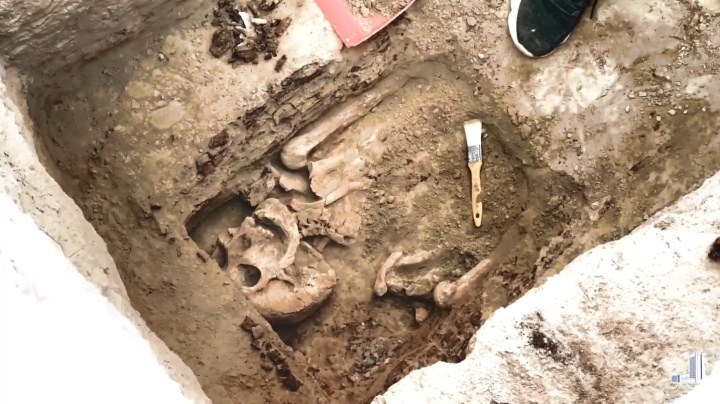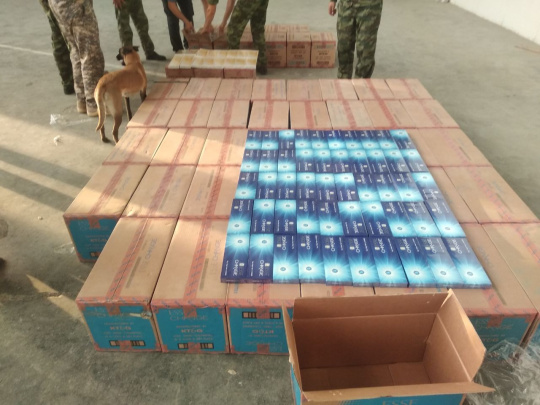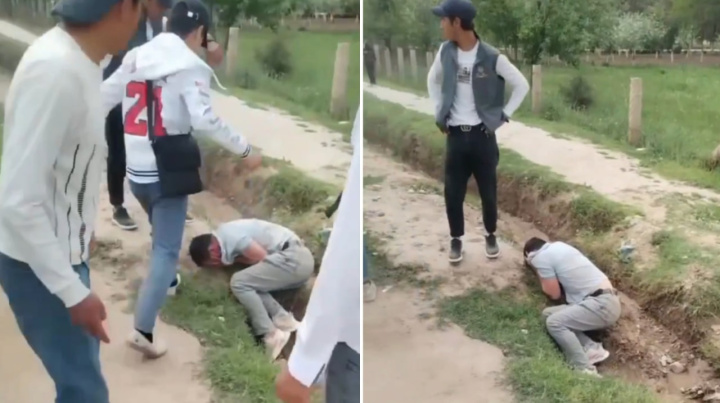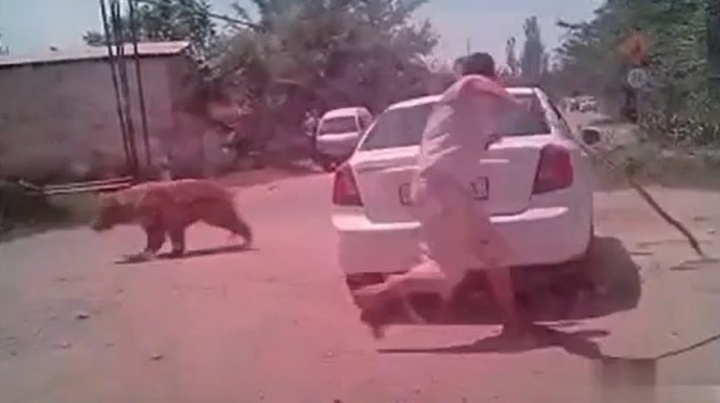“Treatment begins before the test results are released” – Health Department of Surkhandarya reported on the pandemic situation in the region
Rustam Pardayev, the first deputy khokim of the Surkhandarya region, reported on the pandemic situation in the region and responded to appeals from the population.
According to Pardayev, there are a total of 195 ambulances in Surkhandarya. Due to the lack of ambulances, vehicles of doctors and individuals have been attracted to cover the demand. So far, 50 additional vehicles have been set up for ambulances. The reorganization continues.
In addition, 15 mobile groups have been formed in each district. These groups include qualified medical professionals, employees of SEWC, representatives of the Interior Ministry, the National Guard. 162 mobile phones were distributed to these groups.
The PCR laboratory is located in 3 centers in the region. So far, 36,040 test kits have been brought to the region and another 50,000 are expected to come soon.
The region has 12,000 units of test kits in its reserve. Currently, another PCR laboratory is being created in the Sherabad district.
Citizens infected with the coronavirus are being treated at three medical facilities in the region. There are 270 seats in these institutions. An additional 170 seats have been prepared.
The number of medical workers fighting the coronavirus in Surkhandarya is 1,500.
There are 594 pharmacies in the region. The prices of medicines approved by the Special Republican Commission have been controlled by the relevant authorities in order to prevent artificial price increases. Another 2.6 billion soums worth of medicines have been delivered to the districts.
In addition, medicines worth 5 billion soums will be imported from Russia at the expense of the “Sakhovat va Kumak” Fund. If there is a need for more, additional medicines will be brought in accordance with the developed plan.
The deputy khokim addressed to the population, noting that the prevention of the spread of coronavirus depends not only on the regulatory authorities, but also on the people themselves.
“We can definitely say that there will be no food shortages. 300,000 tons of grain products are stored in warehouses. What we want to tell the residents is that there is no need to worry about flour and other basic consumer goods. In addition, secondary crops have been planted on 77,000 hectares,” Pardayev said.
It was reported that 12,648 low-income families were identified during the pandemic in the Surkhandarya region. Since April, these families have received food, medicine and other assistance worth 19.2 billion soums.
Furthermore, deputy head of the Surkhandarya Regional Health Department Uralboy Safarov stated that after taking a test from a patient, who has symptoms of the disease, an X-ray is conducted without waiting for the results of the analysis.
“The current X-ray equipment is digital and shows results at the same time. If there are signs of changes in the lungs, treatment will begin immediately,” the deputy head of the Regional Health Department said.
Recommended
List of streets and intersections being repaired in Tashkent published
SOCIETY | 19:12 / 16.05.2024
Uzbekistan's flag flies high on Oceania's tallest volcano
SOCIETY | 17:54 / 15.05.2024
New tariffs to be introduced in Tashkent public transport
SOCIETY | 14:55 / 05.05.2023
Onix and Tracker cars withdrawn from sale
BUSINESS | 10:20 / 05.05.2023
Latest news
-
Kazakhstan bans May 9 Victory Day marches amid tensions
POLITICS | 11:19
-
MFA denies reports of Uzbek citizens being banned from the UAE
POLITICS | 10:29
-
Saudi Arabia drops Uzbekistan from eVisa list; official reason unknown
SOCIETY | 17:58 / 26.04.2025
-
Uzbekistan boosts fuel and gas production despite oil output decline
SOCIETY | 16:55 / 26.04.2025
Related News

10:54 / 29.05.2024
Ruins of a city with two-thousand-year history found in Surkhandarya

13:47 / 28.05.2024
Customs officers suppress illegal trafficking of cigarettes worth more than 1 billion soums

19:34 / 16.05.2024
Schoolchildren beat 23-year-old guy up for no reason in Surkhandarya

18:56 / 15.05.2024



